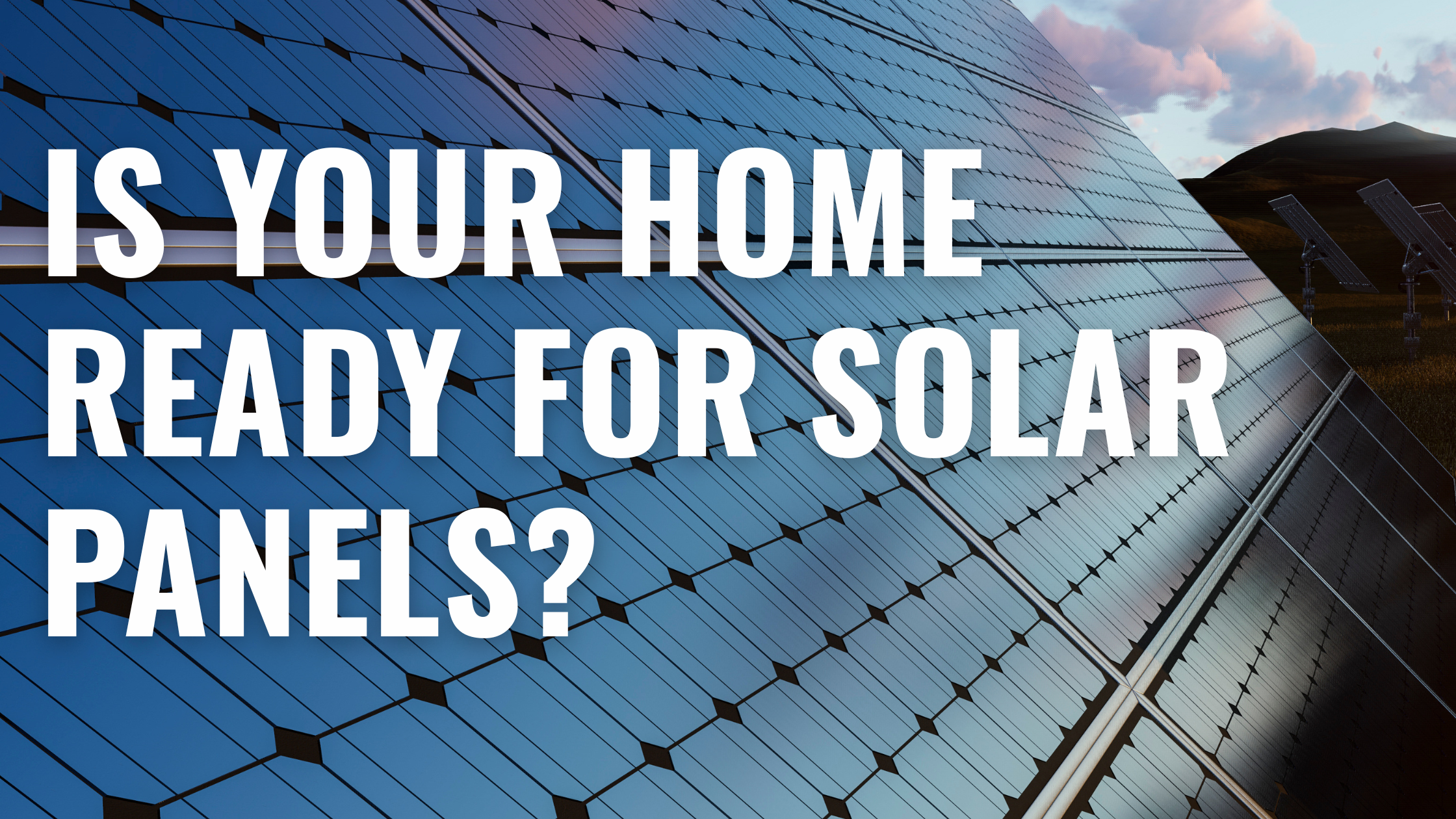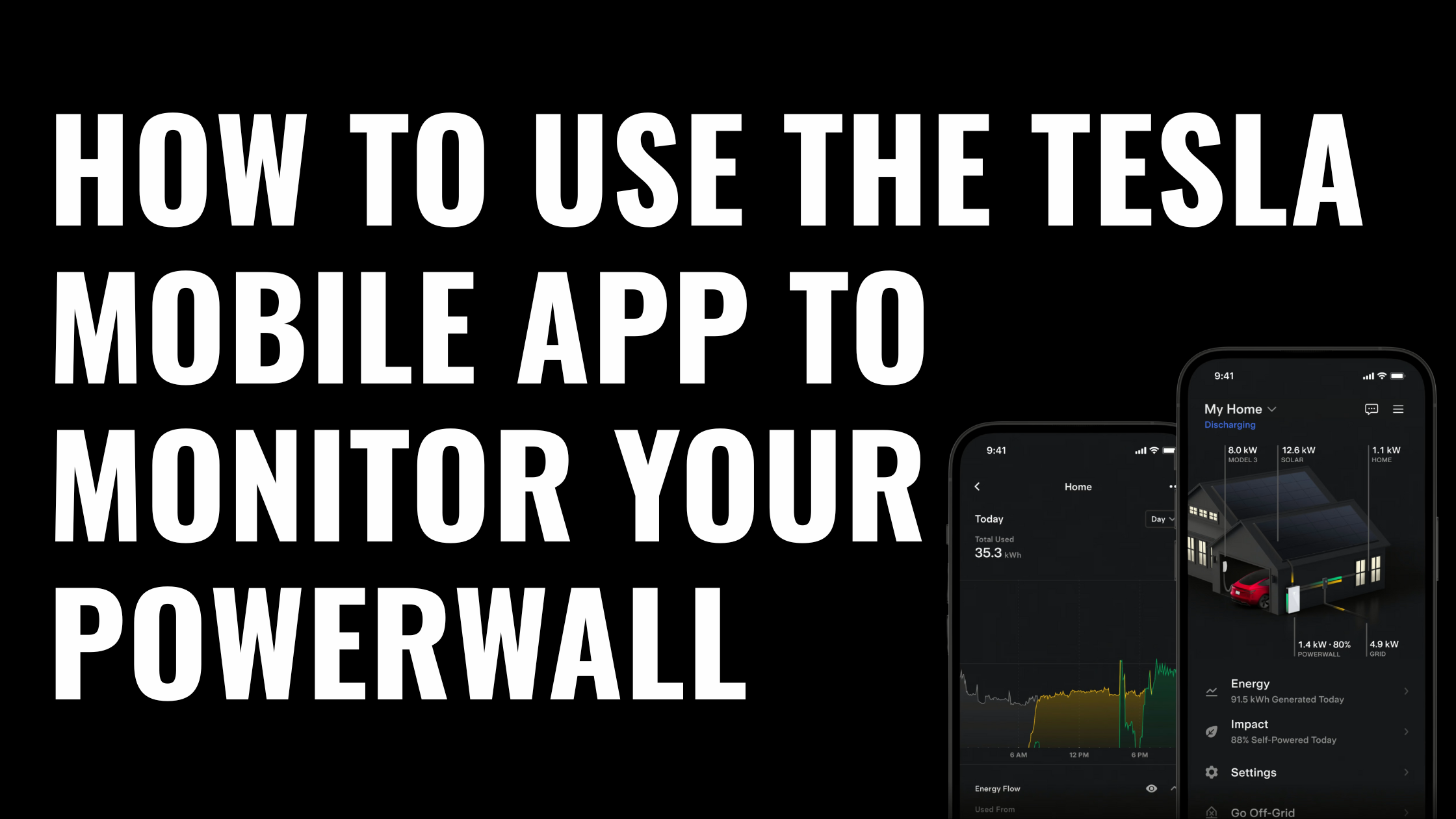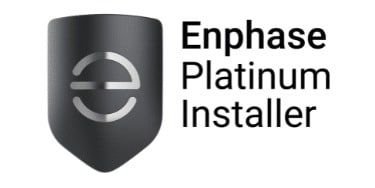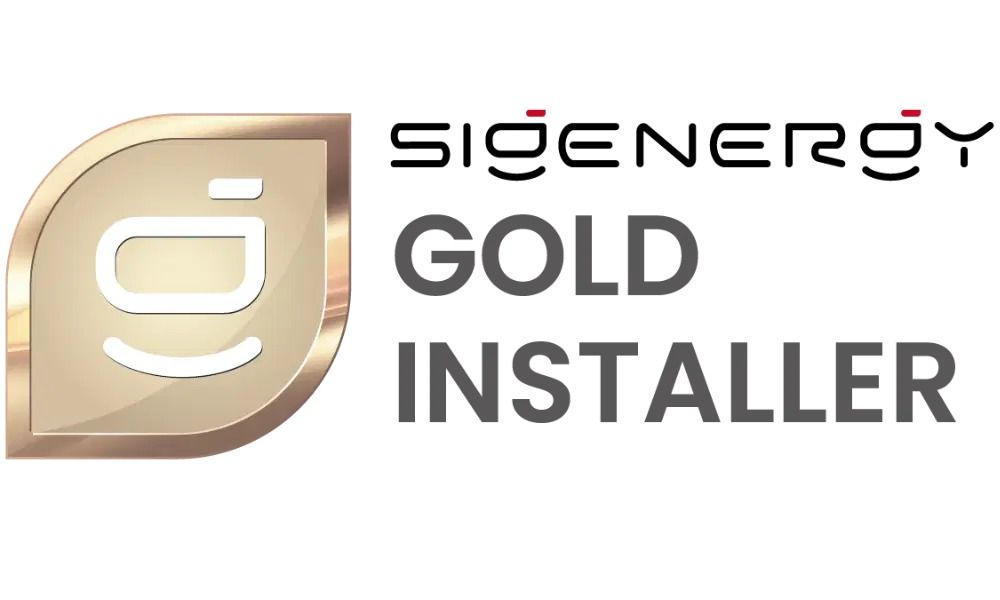
Written by Donna Wentworth
Last Updated: July 30, 2025
Best Energy Providers NSW 2025: Compare Rates & Plans
Choosing the Best Electricity Provider (Without Getting Ripped Off)
Picking the right electricity provider in Australia isn’t as simple as looking at a flashy rate or a juicy feed-in tariff (FiT). There’s a lot of smoke and mirrors. And what works for your neighbour might not work for you.
At Lenergy, we help Australian homeowners navigate solar, storage, and energy decisions every day — and one of the most common questions we get is: “Who is the best energy provider?.”
In this article, you’ll learn exactly what to compare, how to avoid the common traps, which tools to trust, and how to haggle like a pro. You’ll also see why no one provider is “the best” — and what your options are if you’re just unsure where to start.
- Why Picking an Electricity Provider Can Feel Confusing
- What You Actually Need to Compare (Not Just Feed-in Tariffs)
- How to Shop Smart and Haggle Hard
- The Tools That Make Comparing Easier
- Why We Can’t Recommend One ‘Best’ Retailer
- Want to Worry Less About Electricity Prices? Consider Solar + Battery
- Final Thoughts: Take Back Control of Your Energy Bill
Why Picking an Electricity Provider Can Feel Confusing
If you’ve ever tried to compare electricity providers, you’ve probably ended up with 15 tabs open and a headache. Every provider claims to have the “best deal,” but they all structure their plans differently — and most of them bury the real cost behind discounts, daily supply charges, or sneaky peak rates.
One offers a high feed-in tariff (FiT), but their daily supply charge is through the roof. Another gives you “pay on time” discounts — until they quietly remove them a year later. Then you have to look at fixed vs variable rates, controlled load, general usage, off-peak, shoulder… it’s enough to make you give up and stay put.
That’s exactly what the retailers are banking on.
They don’t reward loyalty — quite the opposite. It’s often cheaper for them to offer flashy sign-up deals to new customers and quietly increase rates on long-time ones. As a result, staying with the same provider year after year can mean you’re paying more than your neighbour… for the exact same electricity.
The bottom line? There’s no one-size-fits-all plan. And unless you understand what to look for — and where providers tend to hide the true cost — it’s easy to get locked into a deal that looks good on paper but hurts in practice.
What You Actually Need to Compare (Not Just Feed-in Tariffs)
A lot of energy retailers love to hook you with one shiny number: the feed-in tariff (FiT). It’s the amount you get paid for exporting excess solar back to the grid.
However, the average FiT in Australia is only 3-7 cents per kWh. So if a provider is waving around a 12c or 15c FiT, it’s not because they’re feeling generous — it’s because they’re overcharging you somewhere else. Usually, it’s in your general usage rate or daily supply charge.
So what should you actually be comparing?
- General Usage Rate: This is what you pay per kilowatt-hour for the electricity you use. It’s often the biggest part of your bill. Lower is better — but watch how it changes during peak vs off-peak times.
- Daily Supply Charge: This is the fixed amount you pay just for being connected to the grid, whether you use power or not. It can vary wildly from provider to provider.
- Feed-in Tariff (FiT): Still worth noting — but take it with a grain of salt. A high FiT doesn’t mean you’re getting a good deal overall.
- Contract Length & Exit Fees: Can you leave anytime? Or are you locked in with penalties?
- Discounts: Be wary of “conditional” discounts — they may vanish after 12 months, and you might be paying a higher base rate to begin with.
The key is to look at the whole plan, not just one flashy number. A good deal should keep your net costs down — not just promise a big credit for solar exports.
If it sounds too good to be true, it probably is. And if a plan feels hard to compare? That’s often by design.
How to Shop Smart and Haggle Hard
Here’s the thing most electricity retailers don’t want you to know: you can negotiate. And if you don’t like what you’re being offered, you can walk — or at least threaten to.
In fact, that’s one of the most effective tricks in the book.
Once you’ve compared a few options (we’ll show you how in the next section), call your current provider and say something like:
“I’ve been quoted a better rate with lower usage charges from [insert provider]. Can you match it or give me a reason to stay?”
You’d be surprised how often they’ll “sharpen their pencil” when you threaten to leave. Why? Because acquiring a new customer costs them far more than keeping you. But they won’t offer you a better deal unless you ask — and push a little.
Here are a few haggling tips that actually work:
- Ask for a breakdown of your current rate and compare it with competitors
- Mention specific offers you’ve seen from comparison sites or rivals
- Be polite but firm — you’re not being difficult, you’re just informed
- Say you’re planning to switch if they can’t offer something better
And if they won’t budge? Walk. Seriously. Switching providers is easier than ever, and most of the time, your power won’t even go off — it just quietly changes over behind the scenes.
Remember: electricity companies don’t reward loyalty. In fact, they often count on your inaction. Don’t give it to them.
The Tools That Make Comparing Easier
You shouldn’t need a spreadsheet and three hours of research just to work out if you’re on a good energy deal. Luckily, there are a couple of trustworthy, independent tools that cut through the complexity.
Start Here: Energy Made Easy
The Energy Made Easy website is a government-run tool that lets you compare electricity (and gas) plans based on your actual usage. It’s independent, transparent, and free.
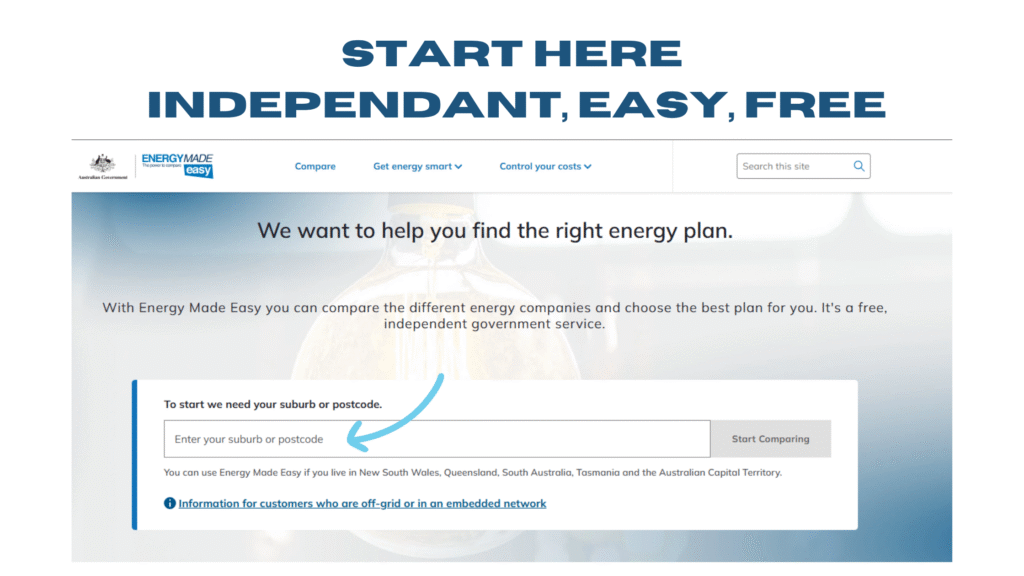
Compare Plans – Energy Made Easy
You just enter your postcode and either upload a recent bill or manually input your usage. It’ll show you a ranked list of plans available in your area — including the total estimated cost, not just the headline rate.
Know Your Rights
If you ever feel like you’ve been misled, overcharged, or locked into a plan you didn’t agree to, there are protections in place.
Your Rights – Energy and Bills (NSW)
This site outlines what you’re entitled to as an energy customer, including how to dispute a bill or cancel a contract.
Thinking of Switching?
The NSW government also offers a step-by-step guide to switching providers. It covers what to expect, how to avoid pitfalls, and how long it takes.
These tools won’t magically give you the cheapest plan — but they will give you clarity. And in an industry built on confusion, that’s half the battle.
Why We Can’t Recommend One ‘Best’ Retailer
People often ask us, “Which energy provider should I go with?” And honestly — we can’t give you a single name. Not because we’re sitting on the fence, but because there isn’t one universal best.
Here’s why:
Retailers like AGL, Origin, Red Energy, Energy Australia, and Alinta can offer wildly different rates to different people, even in the same suburb. What you get offered depends on your usage, your solar export, your postcode, and sometimes just how hard you pushed on the phone.
Two neighbours could have the same provider but be paying completely different rates. That’s how murky the market is.
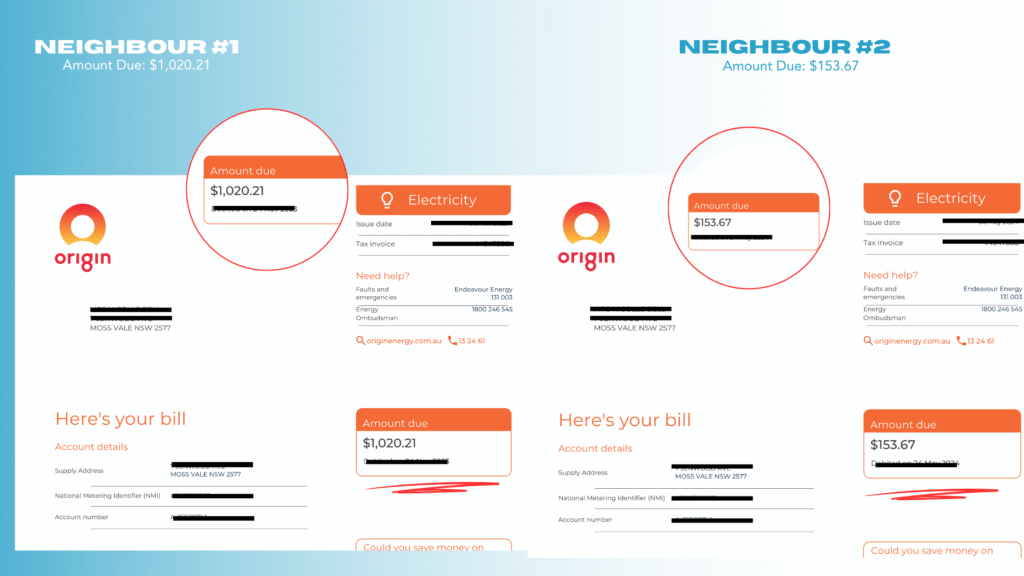
So instead of giving you a name, here’s what we suggest:
- Use the Energy Made Easy tool to see what deals are actually available to you
- Ignore the marketing spin — dig into the usage and supply rates, and compare apples to apples
- Don’t be afraid to switch — or at least threaten to. Loyalty doesn’t pay
There are decent deals out there — but they don’t often come to you. You have to go hunting.
Want to Worry Less About Electricity Prices? Consider Solar + Battery
If you’re sick of chasing deals, haggling rates, dodging hidden charges — there’s another path: generate and store your own power.
When you install solar panels, you reduce how much electricity you need to buy. Add a battery, and you can store excess solar to use at night instead of drawing from the grid. That means you’re far less exposed to rising supply charges or shrinking feed-in tariffs.
To be clear — going solar doesn’t mean you’re cutting ties with your electricity provider entirely. However, it does mean you stop caring quite so much about what they do next.
It’s the only real way to regain control.
Of course, solar and battery systems are an investment, and they’re not right for everyone. However, if you’re using a lot of power — particularly in the evenings — or you’re fed up with the energy market merry-go-round, it’s worth seriously considering.

Not sure where to start or how to decode your bill to see if it makes sense? That’s something we can help with. No sales pitch — just help understanding whether energy independence is a smart move for your household.
Final Thoughts: Take Back Control of Your Energy Bill
Choosing the best electricity provider for your home or business shouldn’t feel overwhelming — However for most Australians, that’s unfortunately the reality. With confusing plans, inconsistent pricing, and limited reward for loyalty, it can be frustrating.
However, now you know not to get sucked in by a shiny feed-in tariff. You know how to spot the real costs in a plan. You’ve got tools to compare offers clearly, rights to protect yourself, and haggling tips that work.
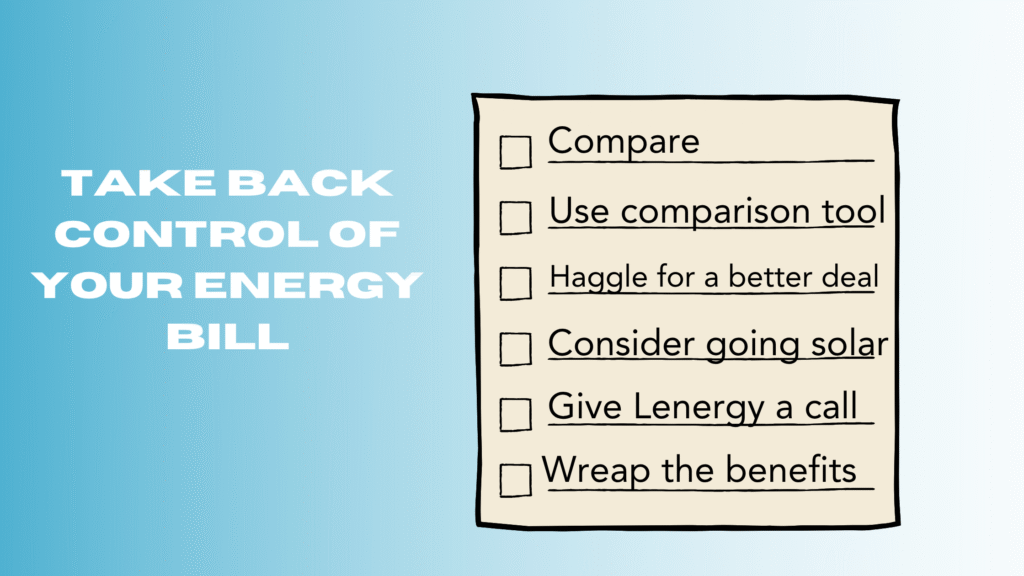
There’s no perfect provider. But there is a perfect plan for your situation — if you’re willing to do a bit of homework.
Solar and battery storage can give you real freedom — not just from rising bills, but from the stress of watching them. If you’re feeling stuck or unsure, reach out. Whether it’s decoding your bill or understanding how solar might help, we’re here to make it clearer — not sell you something.

